Greater scissortail - Rasbora caudimaculata
Scientific name: Rasbora caudimaculata
Common name: Greater scissortail
Family: Cyprinidae
Usual size in fish tanks: 14 - 17 cm (5.51 - 6.69 inch)
014
Recommended pH range: 6 - 7
Recommended water hardness: 2 - 12°N (35.71 - 214.29ppm)
0°C 32°F30°C 86°F
Recommended temperature range: 20 - 26 °C (68 - 78.8°F)
The way how these fish reproduce: Spawning
Where the species comes from: Southeast Asia
Temperament to its own species: peaceful
Temperament toward other fish species: peaceful
Usual place in the tank: Middle levels
General Information
The Greater Scissortail (Rasbora caudimaculata) is a sizable rasbora native to Southeast Asia, with confirmed populations on the Malay Peninsula, Sumatra, and Borneo. It inhabits clear to tannin-stained forest streams and larger rivers, moving actively in midwater. Adults commonly reach 14–17 cm, making this a much larger rasbora than typical “nano” species. Distinguish it from the smaller, more familiar R. trilineata by the orange-red marks at the base of each caudal lobe ahead of the black tips.
Food & Feeding
Omnivorous and unfussy. Use quality flakes or sinking granules as the staple and rotate frozen/live items (daphnia, brine shrimp, mysis, finely chopped bloodworms) several times per week. Offer modest portions 1–2× daily to protect water quality.
Sexing
Males are slimmer and typically show a yellowish wash in the anal fin; females are deeper-bodied, especially when gravid. Compare adults side-by-side for best accuracy.
Breeding
Reportedly an egg-scattering free spawner in nature; reliable aquarium spawnings are not documented. If attempted, use a large, dim tank with very soft, slightly acidic water, fine plants/spawning mops or marbles, and remove adults post-spawn as with other rasboras.
Lifespan
With space, clean water and a varied diet, expect around 8–10 years in captivity (longer is possible). (Hobby consensus; large, slow-maturing rasboras tend to be long-lived.)
Tank Requirements & Water Parameters
- Tank size: this is a powerful swimmer—use a long tank of at least 150 cm/5′ length for a shoal; larger is strongly recommended. Provide open lanes.
- Water: keep very clean, well-oxygenated water with moderate flow. Target pH ~6.0–7.0, hardness from soft to mid (~2–12 °dH), temperature 20–26 °C. Stable parameters matter more than chasing exact numbers.
- Aquascape: sand or fine gravel, rounded stones/wood, robust planting (edges/back), and a tight-fitting lid—they are excellent jumpers.
- Maintenance: weekly water changes; avoid abrupt parameter swings.
Compatibility & Tank Mates
Peaceful, energetic shoaler. Keep in groups of 6–8 to diffuse dominance and see natural schooling. Combine with similarly robust, mid-sized fishes (larger rasboras/tetras, peaceful barbs/rainbows, sturdy catfishes). Avoid tiny fry-sized tank mates.
Behaviour & Usual Place in the Tank
Occupies the middle (to upper) water column, cruising open water and diving into cover when startled. Provide long, unobstructed swimming runs and shaded retreats.
Short Description
Greater Scissortails are large Southeast Asian rasboras famed for their red-tipped, scissor-like tails and constant midwater activity. They require a spacious, well-filtered, well-oxygenated setup, a varied omnivorous diet, and a proper shoal for best behaviour and colour.
Q&A
- Where are they from? Southern Malay Peninsula plus Sumatra and Borneo; forest streams to larger rivers, clear through blackwater.
- How do I tell males from females? Males are slimmer with a yellowish anal fin; females are rounder.
- Are they plant-safe? Yes; not plant-eaters, though big adults may gulp very tiny fish.
- Do they jump? Absolutely—use a tight-fitting cover.
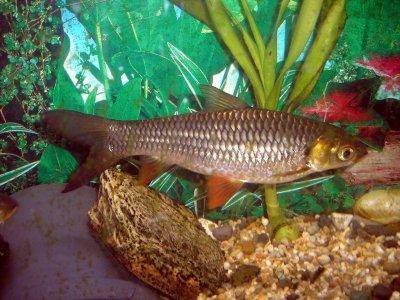



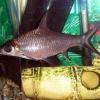 Bala
Bala 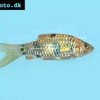 Spotted
Spotted 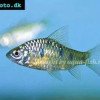 Golden
Golden 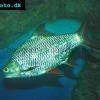 Tinfoil
Tinfoil 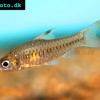 Congo
Congo 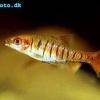 Blue-barred
Blue-barred 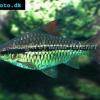 African
African 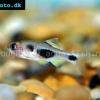 Butterfly
Butterfly 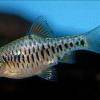 Olivegreen
Olivegreen 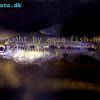 Morse
Morse 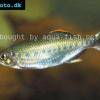 Jerdon’s
Jerdon’s 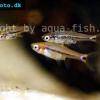 Mosquito
Mosquito 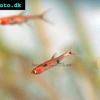 Dwarf
Dwarf 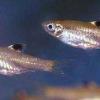 Eyespot
Eyespot 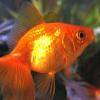 Goldfish
Goldfish 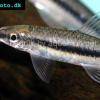 Penguin
Penguin 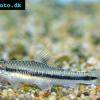 Siamese
Siamese 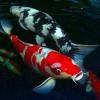 Koi
Koi 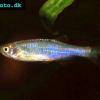 Pearl
Pearl 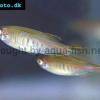 Glowlight
Glowlight 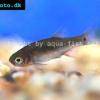 Crossbanded
Crossbanded 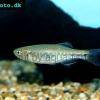 Yoma
Yoma 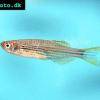 Orange
Orange 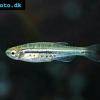 Dwarf
Dwarf 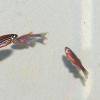 Zebra
Zebra 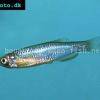 Rose
Rose 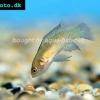 Red
Red 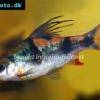 Arulius
Arulius 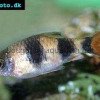 Tambraparni
Tambraparni 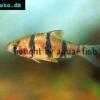 Fiveband
Fiveband 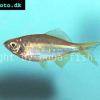 Bengal
Bengal 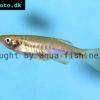 Tiger
Tiger 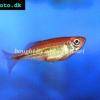 Malabar
Malabar 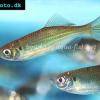 Queen
Queen 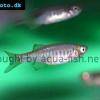 Hora
Hora 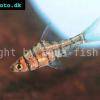 False
False 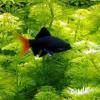 Redtail
Redtail 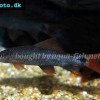 Rainbow
Rainbow 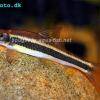 Flying
Flying 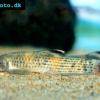 Garra
Garra 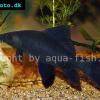 Black
Black 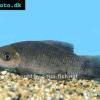 Purple
Purple 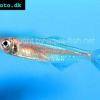 Burmese
Burmese 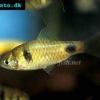 Dwarf
Dwarf 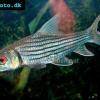 Isok
Isok 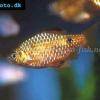 Rosy
Rosy 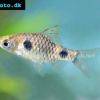 Two
Two 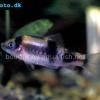 Melon
Melon 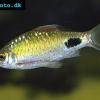 Black-spot
Black-spot 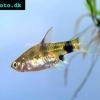 Golden
Golden 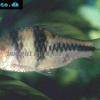 T-Barb
T-Barb 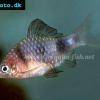 Ruby
Ruby 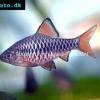 Checkered
Checkered  Rhomb
Rhomb 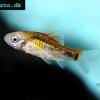 Gold
Gold 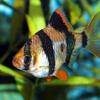 Tiger
Tiger 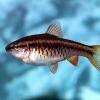 Cherry
Cherry 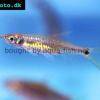 Brittan’s
Brittan’s 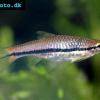 Long-band
Long-band 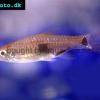 Twospot
Twospot 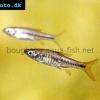 Reticulate
Reticulate 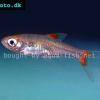 Cherry
Cherry 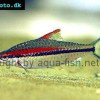 Denison
Denison 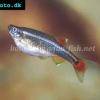 White
White 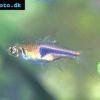 Lambchop
Lambchop 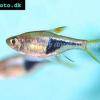 Harlequin
Harlequin